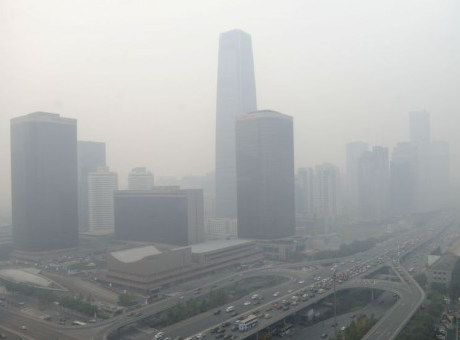By the end of this century, we will all be living in Cities but what does this really mean? I have given various talks and written various editorials on this prospect but have never really thought much about what this actually means on the ground. Will we all live in lots of really big cities or all one massive planetary city or will we be spaced out on the earth’s surface, connected by the latest communications technologies and living in a kind of decentralised pattern that is more reminiscent of Toffler’s electronic cottage and E. M Forster’s image of us all living isolated but remotely connected lives in his short story The Machine Stops published in 1909. Well none of these I think. What we do know from our social physics that over the last 200 years, indeed probably over the last 5000, is that our cities are patterned and sized in such a way that they follow a rank-size frequency that means there are very few big cities and very large numbers of small. And we know that this pattern seems to predominate come what may. In fact over the last 50 years, we also note that this rank-size distribution has become flatter with more small cities and less big, somewhat counter to what we might think with all the hype about mega-cities. In this editorial, I explore this prospect and argue that maybe the future will be a little more spread out than we currently imagine. Anyway if you want to read my editorial click here or click on the image above. If you want to see my TEDxLondon talk on this from December 2013, go to YouTube – click here for the video and here for the powerpoint, and if you want to read my first commentary on this in Environment and Planning A, our sister journal to B, click here.









